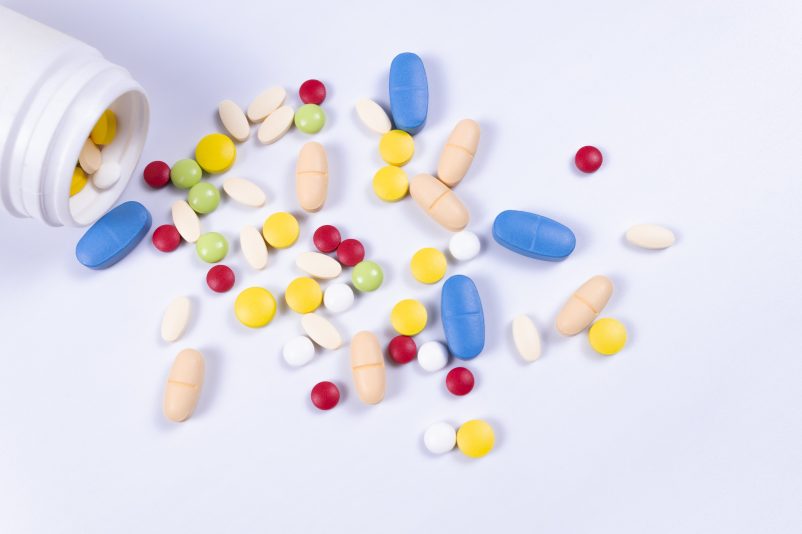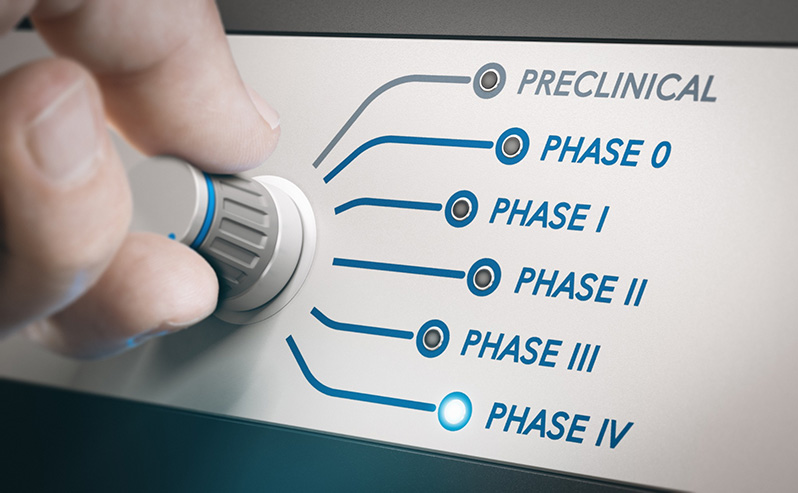Many stakeholders + different costs = complex clinical trial (Part 1)

Conducting clinical trials is a complex process, involving numerous different stakeholders in different phases. It should cover the needs of every organization, engaged in the process – from the sponsors, through the CROs, to the clinical centers and sites. Each of these stakeholders should be able to monitor and track the expenses, revenues, and profits and allocate the budget to different heads and participants.
Our previous articles presented the benefits of automated clinical trial management systems and how they can facilitate the process. In the current and the following article, we’ll focus on a special aspect of the process – the clinical trial costs and payments and the role of the CTMS in managing the budget and financial flows.
Clinical trial phases’ costs
Clinical trials are associated with huge expenses. The average per-study costs around all therapeutic areas from Phase 1 to Phase 4 are around 60 million USD, says the report of the U.S. Department of Health and Human Services “Examination of Clinical Trial Costs and Barriers for Drug Development”. These costs are spread among different phases, as follows: Phase 1 – around $4 million, Phase 2 – $13 million, Phase 3 – $20 million, FDA NDA/BLA Review Phase – around $2 million, and Phase 4 – $20 million.
Costs usually vary widely and depend on the type of the clinical studies, drug type, therapeutic area, regulatory policies, and strategic decision-making by drug sponsors.
They can include:
- Costs for import of drugs and customs fee
- Costs for preparing the documents by the regulatory bodies
- Regulatory and administrative fees
- Sites fees
- Insurance fees
- Protocol edition costs
- Costs for preparing the materials
- Costs for staff training
- Costs for center activation
- Costs for monitoring
- Payments for the research teams and services (labs and medical imaging).
In addition, costs may occur concerning the data analysis conducted by the CROs. These may include costs for data management, statistics, quality control, delivery services, archiving, etc.
During Phase 1 could occur costs, in association with the payments made to the participants, reimbursement of the expenses, and payment compensation (stay tuned for our next article to learn more about this type of payment).
Clinical trial costs by type
Excluding all other costs and site overhead cost components, in Phase 1 the clinical procedure costs are the highest – 22.32%, followed by the SDV (source data verification) costs (15.32%), and the central laboratory costs (11.83%). In Phase 2 the clinical procedure costs again are with the highest percentage – 19.43%, followed by administrative staff costs (17.73%) and site retention costs (14,83%). In Phase 3 the highest costs are the one for the administrative staff – 20.40%, followed by clinical procedure costs – 19.79% and site monitoring costs – 14.28%. Administrative staff costs are leading also in Phase 4 (29.17%), followed by site retention costs – 16.11% and clinical procedure posts – 15.22%.
Having in mind the above data, the analysts conclude that excluding site overhead costs and costs for sponsors to monitor the study, the top cost drivers of clinical trial expenditures across all study phases are: clinical procedure (15 to 22 percent), administrative staff (11 to 29 percent), site monitoring (nine to 14 percent), site retention (nine to 16 percent), and central laboratory (four to 12 percent) costs.
The largest barriers
According to the analysts “the largest barrier to conducting clinical research — and the one into which most other barriers feed — is the high cost”. Surveys estimate that it now costs between $161 million and $2 billion to bring a new drug to market. A recent study by the Tufts Center for the Study of Drug Development, published in the Journal of Health Economics, estimated that the cost for drugmakers is even greater – $2.6 billion. In addition, the average time length from the start of clinical testing to the marketing is 90.3 months (7.5 years), the study says. And as you know, longer timelines increase costs and decrease revenues.
An automated CTMS for the complex financial process
The convergence of all these different types of payments makes clinical trials extremely complex. In such an environment, monitoring and tracking the financial flows could be a real challenge for clinical trial sites. As you can imagine, a manual financial process could take enormous effort and time and could not guarantee the necessary transparency and correctness.
As we have already written, 50% of the clinical trials lack behind the time planned by six months. This extra time means more money and invested human resources, as 40% of the total clinical trial spending is generated within the R&D phase. The overview of the study costs and financial forecasting is crucial for every clinical trial. Clinicubes allows precise monitoring of the budget flow from the sponsors to the CROs and to the clinical trial sites and hospitals. It can track the budget allocated under each head. The CTMS optimizes and facilitates the financial tracking and accounting process in hospitals. In addition, it allows automated reporting of the trial budget and ensures smooth cooperation among the different teams.
Get in touch and take advantage of what our clinical trial management system offers.






